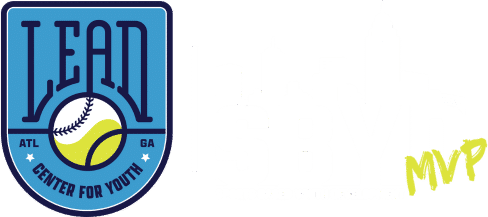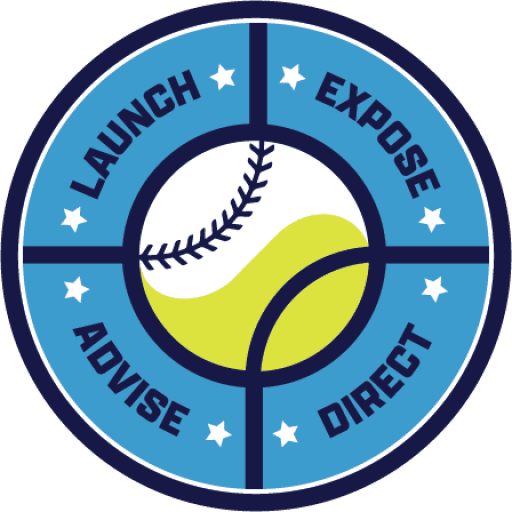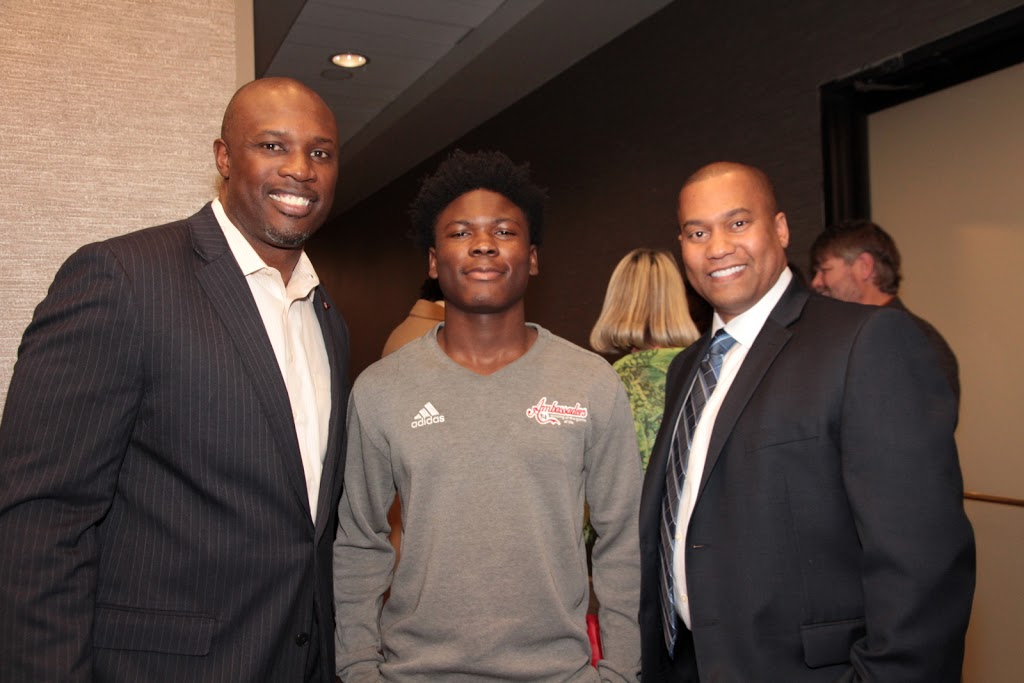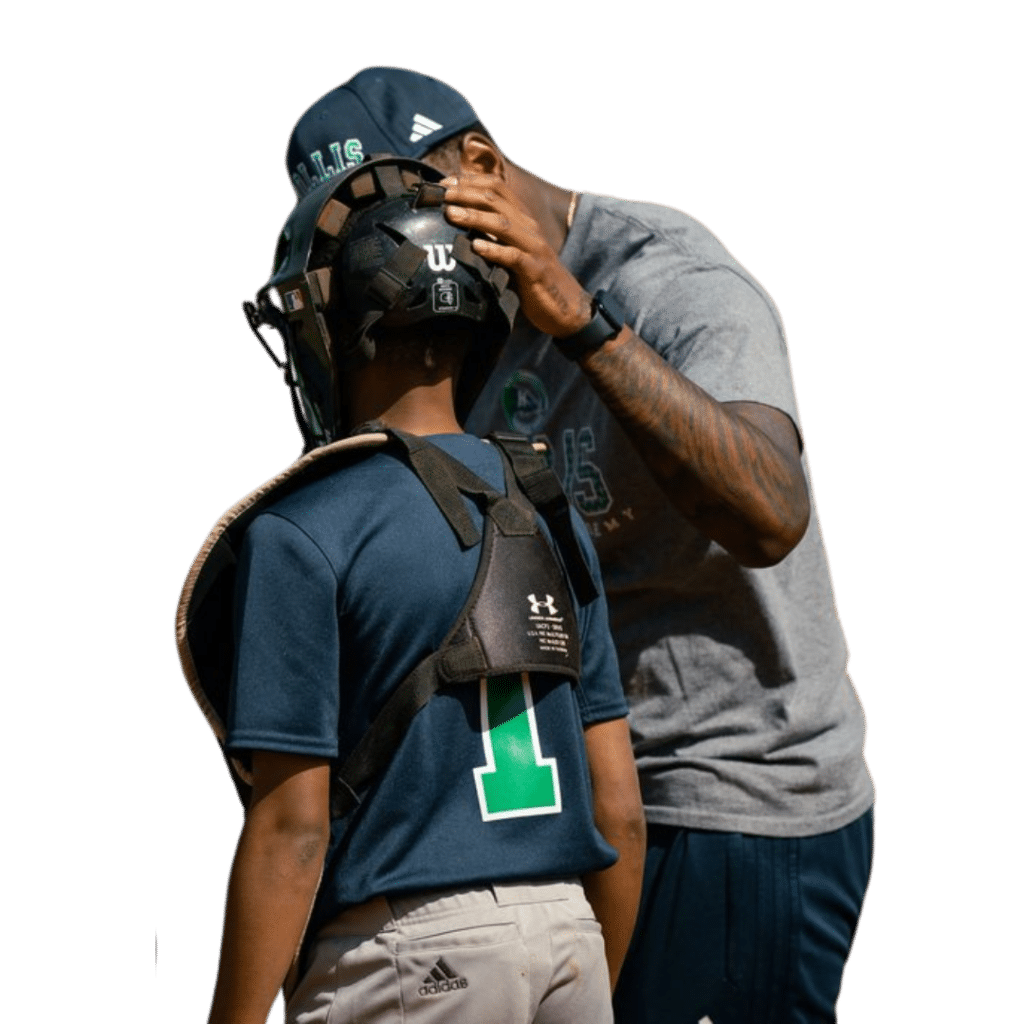Kyle Bamberger is currently a scout for the Cleveland Indians and he recently graduated from UMass with his MBA and a MS in Sport Management. One of his assignments was a study on players from low-income areas. He contacted me to ask for my insights about the topic. I agreed to help him requiring that he ask me Should Ask Questions (SAQs) that are thought-provoking rather than Frequently Asked Questions (FAQs).
I had my first workout with the Cubs at age 14 because I had a sponsor, T.J. Wilson, that believed in me. I was drafted by the Cubs out of high school at age 18. Instead of signing a professional contract, I committed to attend Georgia State University (GSU). I played at GSU for one-year and transferred to DeKalb Junior College to be a student-athlete (baseball) the following year. I was drafted again by the Cubs at age 20 at the end of my sophomore season at Dekalb College. This time, I signed with the Cubs.
Below is my response to Kyle’s SAQs. My hope is that my responses convict and get us above rhetoric to solution so that baseball can truly be America’s Favorite Pastime allowing everyone to get in the game.
Where can we improve interest and access to the game for kids in low-income areas?
The theory that African-American kids don’t want to play baseball is a myth. They want to play; they just do not have the same opportunities. Youth baseball is one of the least expensive investments a family can make today. It can get expensive when a child sets his or her sights on playing at a higher level.
So I think we have to start there—with providing the proper opportunities. Kids living in lower income areas, of all races and ethnicity, do not have the same access to the sport as kids in middle class and upper class families. A young athlete living below poverty level has to really love the game to play. When I was a kid, I used to hit rocks with a bat for hours in the backyard or play catch with myself by throwing a ball into the air over and over.
In Atlanta’s inner city, we have been taking steps over the years to lay down a blueprint for how this is done. The development process from my non-profit organization, L.E.A.D. (Launch Expose, Advise, Direct), establishes a process in which young African-American boys cannot only learn the game, but have opportunities to do so. The process involves:
• Learning how to participate
• Learning how to practice
• Learning how to play
• Learning how to perform
Getting “quality instruction” does not always have to come with a price. Sometimes it is about being blessed enough to have the right opportunity, the right program and the right coach leading the way.
What are some of the barriers that players from low-income areas face?
They are societal (structural) racism, implicit bias, color-blindness and blackballing. Unfortunately, some people believe that the low-income culture is defined by drugs, violence and neglect, to name a few. In some cases, these assumptions are correct. But these communities also offer a culture of love, patience, discipline and guidance. There is a level of commitment and determination these young men exhibit that makes them truly unique. Nobody should be made to feel ashamed of where they come from.
How can the baseball industry help knock down these barriers?
Developing the skills and habits needed to succeed in baseball—or any other sport—means you have to make an investment, especially if your goal is to play the sport at a higher level. And those investments can be pricey. Along with playing in reputable, organized programs, young players looking to play baseball collegiately or professionally have to hone their skillsets through private instruction and showcases. These avenues take investments that equate to thousands of dollars over the years.
For kids in lower income families, these roadblocks are hard to get over. Being denied opportunities because of your economic class is an injustice. That is why so many student- athletes lean toward sports like football and basketball, where the odds for scholarship opportunities are higher. Because baseball scholarships are not as appealing as these other sports, the game misses out on the diversity needed to round out its participation numbers. Too many programs stereotype inner city kids as ones who lack the discipline needed to attend and succeed at a university setting.
I was able to compete as a student-athlete in baseball at Georgia State University in 1994 because I received money from the Pell Grant and HOPE Scholarship. For example, the Hope Scholarship is a merit-based program available to students who have met the University System of Georgia and GSFC’s residency requirements and are enrolled in an undergraduate degree seeking program. It is available in other states under a different name.
The opportunity enabled a student-athlete like me, who possessed a high aptitude and the ability to be a critical thinker, to pursue the sport I loved. I graduated from high school with a B average and was able to qualify for federal government assistance based on my parent’s income. I played Division I college baseball without paying any money out of pocket.
 |
| C.J. Stewart, Terrance Wright, Ron Knight (Atlanta Braves, Assistant Director, Player Development-Operations) |
Does the showcase circuit hinder opportunities for low-income players?
Yes. The youth baseball industry is more commercialized than ever before. The time and financial investment it takes to play in these types of tournaments is heavy. Kids living in low- income areas are being priced out of the opportunities. Too few highly talented low-income student-athletes are able to get the financial assistance needed to participate at this level.
How do you recommend providing better opportunities for these players?
Communication is everything. There needs to be better dialogue among college coaches about the high level of societal (structural) racism, implicit bias, color-blindness and blackballing that is being inflicted on these young men. York University professor Carl E. James once said that “a society is structured in a way that excludes substantial numbers of people from minority backgrounds from taking part in social institutions” To change the system, we need to change our way of thinking.
What changes need to be made?
During the 2017-18 NCAA Division I baseball season, there were 10,465 baseball players. Only 3.7% of them were African-American. To change the system, you need to provide more opportunities for kids from low-income backgrounds, especially that that are African-American. This is where the top amateur baseball players are competing. But because there are not enough opportunities, i.e., available scholarship distribution, the numbers for African-American student- athletes are low. However, poverty can afford opportunities.
One way to change the system is to encourage and empower more African-American coaches to lead collegiate programs. Another way is to foster more academic scholarship opportunities at the public school level, where students should be preparing to enhance their academic standings. If a talented low-income student-athlete has a promising college future, but attends a “bad” public school, his odds are lower. He cannot afford to attend a private school and he shouldn’t be forced to attend one.
Finally, I believe that White college baseball coaches need to give low-income African-American high school baseball players the benefit of the doubt—the way they do for White players.
What considerations are necessary to enable success at the professional level?
Statistics and metrics are used to determine which players are promoted through the Minor League system and into the Major Leagues. The low numbers of African-American players at the Major League level is a clear sign that the numbers are stacked against African-American players. This can create an environment where players African-American focus more on politicking than performing.
Where does the lack of understanding come from?
Ignorance, arrogance and intolerance. Everybody in the baseball industry knows there are not enough African-American baseball players in the sport. But there seems to be an ignorance when it comes to solving the problem. Being unwilling to address the problem is the problem—and that must change.
Change can be made through acceptance, commitment and action. Leaders in the baseball community must change their mindset and stop operating under the assumption that African- American boys do not play baseball because they do not have father figures in their households to teach them the game. They do not avoid the game because it is slow or boring. They do not always favor football or basketball. These are all ignorant assumptions.
More young African American young men will play the game when they are afforded the same opportunities as everyone else. It is up to each of us to make that happen. With organizations like L.E.A.D. (Launch, Expose, Advise, Direct), we can begin to carry the torch forward.
L.E.A.D. is a sport for social good organization that uses baseball to help at-risk, African- American males in Atlanta Public Schools overcome three curveballs that threaten their success: crime, poverty and racism. L.E.A.D. was founded 12 years ago by Atlanta native and former Chicago Cubs minor league outfielder, C.J. Stewart, and his wife Kelli.
To date, L.E.A.D. has served over 3500 youth in Atlanta Public Schools from 6th-12th grades. Through our partnership with Atlanta Public Schools, we proudly report the following stats for youth who complete our programming: 100% high school graduation rate, 93% college enrollment rate, 90% scholarship rate, 19% college graduation rate and about 14% enter the military or workforce.




